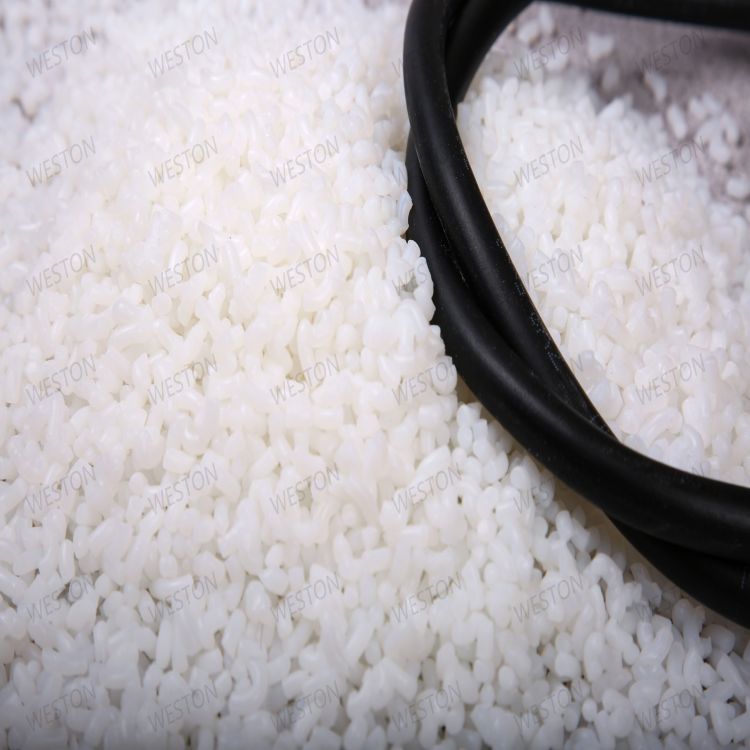-
Categories
-
Pharmaceutical Intermediates
-
Active Pharmaceutical Ingredients
-
Food Additives
- Industrial Coatings
- Agrochemicals
- Dyes and Pigments
- Surfactant
- Flavors and Fragrances
- Chemical Reagents
- Catalyst and Auxiliary
- Natural Products
- Inorganic Chemistry
-
Organic Chemistry
-
Biochemical Engineering
- Analytical Chemistry
- Cosmetic Ingredient
-
Pharmaceutical Intermediates
Promotion
ECHEMI Mall
Wholesale
Weekly Price
Exhibition
News
-
Trade Service
6.
2.
2.
6 Determination
(1) Liquid chromatography conditions
Chromatographic column: Atlantis C 18 , 3um, 150mm×2.
1mm (inner diameter) or equivalent; Flow rate: 0.
2mL/min; Column temperature: 30℃; Injection volume: 20μL; Mobile phase: A is acetonitrile , B is 0.
1% Formic acid solution, C is methanol
.
The gradient elution conditions are shown in Table 6-15
Table 6-15 Gradient elution conditions
(2) Mass spectrometry conditions
Ion source: electrospray ion source; scanning method: positive ion scanning; detection method: multi-reaction monitoring; electrospray voltage: 5500V; atomizing gas pressure: 0.
069MPa; curtain air pressure: 0.
069MPa; auxiliary gas flow rate: 7L/min ; Ion source temperature: 450℃; qualitative ion pair, quantitative ion pair, collision energy and declustering voltage are shown in Table 6-4
.
(3) Qualitative determination
Select one parent ion and two or more product ions for the tested component.
Under the same test conditions, the retention time of the test substance in the sample is within ±2.
5% of the corresponding retention time in the standard solution; and each of the samples The relative abundance of the component qualifier ions is compared with the relative abundance of the corresponding qualifier ions in the standard solution with close concentrations.
If the deviation does not exceed the range specified in Table 1-5, it can be determined that the corresponding analyte exists in the sample
.
(4) Quantitative determination
Under the best working conditions of the instrument, samples were injected with the standard working solution of the matrix, and the ratio of the peak area of the measured component in each standard solution to the peak area of the internal standard substance was taken as the ordinate, and the concentration of the measured component in each standard solution The ratio of the concentration of the internal standard substance is the abscissa, a standard working curve is drawn, and the sample is quantified with the standard working curve
.
The response values of lincomycin, erythromycin , spiramycin , tilmicosin, tylosin, josamycin, kitasamycin, and hydantoin in the sample solution should be within the linear range determined by the instrument Inside
Table 6-16 Retention time of lincomycin, erythromycin, spiramycin, tilmicosin, tylosin, josamycin, kitasamycin, and oleandomycin
Figure 6-4 Multiple reaction monitoring (MRM) chromatogram of reference material
Related Links: Determination of 8 Macrolides and Lincosamide Residues in Honey by Liquid Chromatography-Tandem Mass Spectrometry







